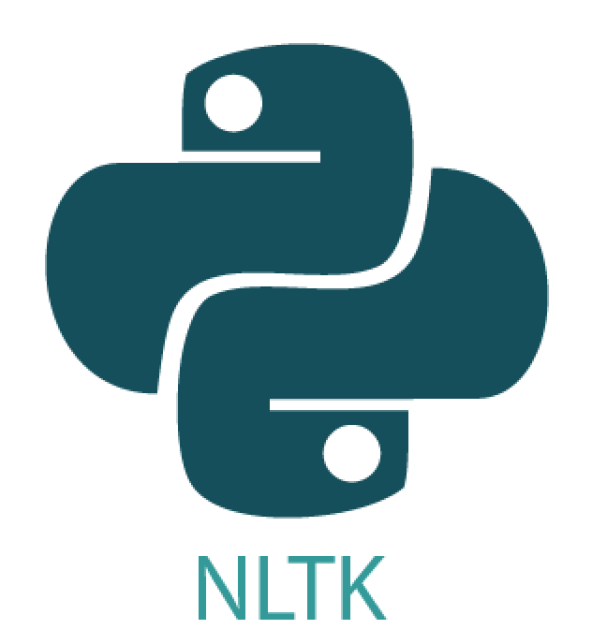
Challenges
-
High Data Volume and Complexity:
- Stock market data is generated in large volumes, containing historical prices, trading volumes, and other financial metrics.
- Unstructured data from financial news and social media further increases complexity.
-
Real-Time Processing Needs:
- Traders require real-time insights to make immediate decisions in fast-moving markets.
- Delays in data processing could result in missed opportunities or increased risks.
-
Pattern Detection and Anomaly Identification:
- Detecting hidden patterns and anomalies requires advanced statistical and machine learning techniques.
- Predicting market trends with high accuracy remains a challenge due to market volatility.
-
Effective Data Visualization:
- Presenting insights in an intuitive and actionable format is crucial for decision-making.
















